May 20, 2025
Bridging Communication: How AI is Connecting the Deaf and Hearing Worlds
In a groundbreaking TED Talk, software engineer Adam Munder introduces OmniBridge, an innovative AI platform designed to eliminate communication barriers between Deaf and hearing individuals. This blog explores Munder's experiences, the challenges faced by the Deaf community, and how AI technology can foster inclusivity in everyday conversations.
The Need for Interpretation
Interpretation plays a crucial role in bridging the gap between Deaf and hearing individuals. Without it, the ability to communicate effectively diminishes, leading to misunderstandings and frustration. For many in the Deaf community, the absence of an interpreter during critical moments can make everyday tasks feel overwhelming.
Imagine walking into a coffee shop or a healthcare facility and being unable to communicate your needs. This is a daily reality for millions. The need for interpretation goes beyond mere convenience; it is essential for ensuring that Deaf individuals can participate fully in society.
Understanding the Impact
When interpretation is not available, it can lead to isolation and a sense of disconnection from the world. The nuances of conversation, vital for building relationships and understanding, are often lost. This is where tools like OmniBridge come into play, providing a seamless bridge between two languages.
By utilizing advanced AI technology, OmniBridge aims to enhance communication and reduce the burden placed on Deaf individuals to find interpreters. It transforms the experience from one of frustration to one of connection, allowing for more meaningful interactions.
A Frustrating Personal Experience
Adam shared a particularly frustrating experience that highlights the dire need for effective communication tools. During a doctor's appointment for his daughter, he encountered significant barriers when he requested an interpreter. Despite being a reasonable request, he was informed that no interpreter was available, forcing him to communicate through writing.
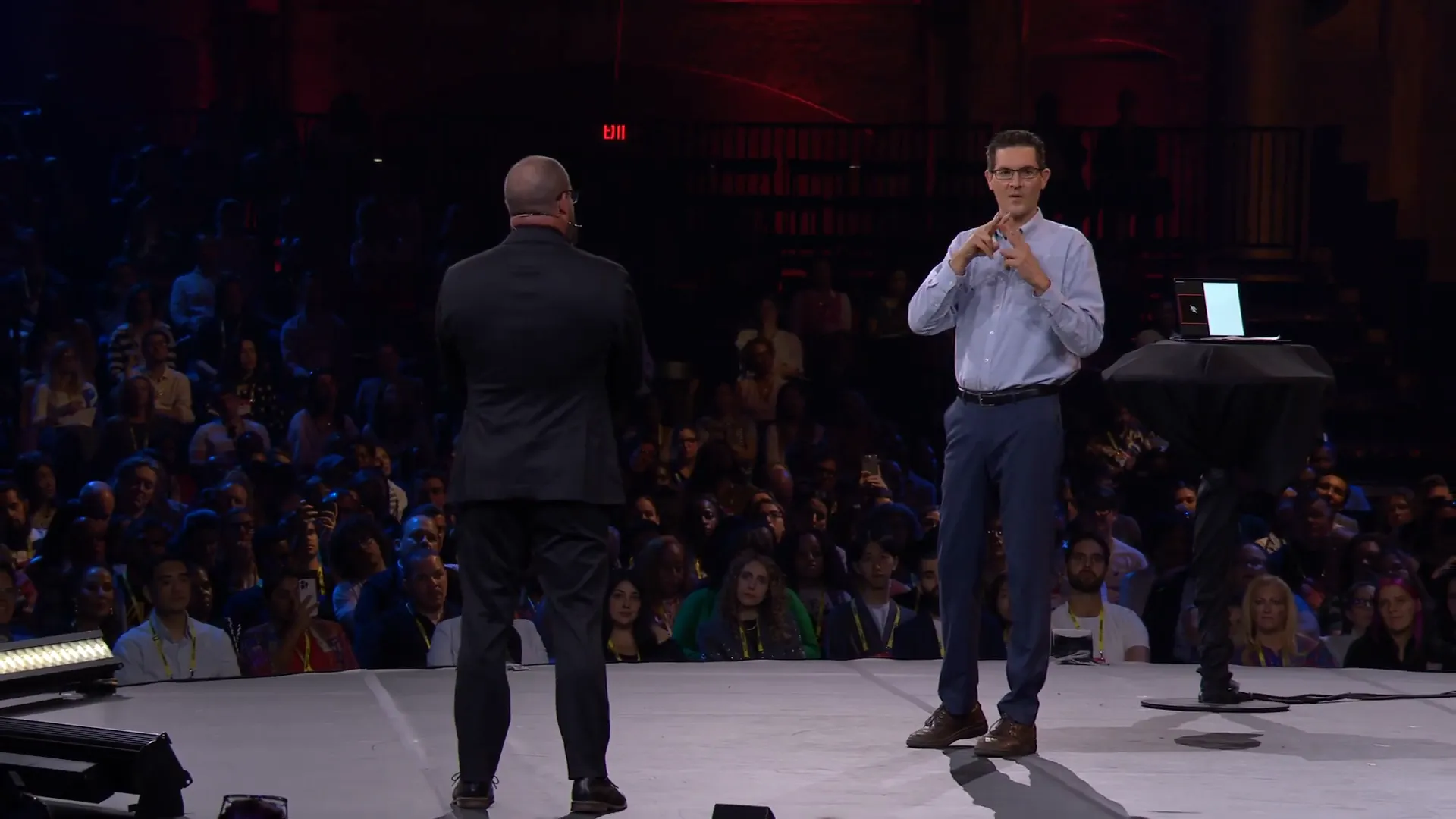
To make matters worse, the doctor suggested that Adam's seven-year-old daughter interpret the medical information. This situation not only undermined the seriousness of the consultation but also placed an undue burden on a child.
This experience underscores the reality that many Deaf individuals face—being forced to rely on inadequate solutions rather than having access to professional interpretation. Such moments can lead to feelings of helplessness and frustration, further emphasizing the need for solutions like OmniBridge.
Consequences of Inadequate Communication
Inadequate communication can result in misdiagnoses, misunderstandings, and an overall lack of trust in healthcare systems. For Adam and many others, these experiences serve as a wake-up call to the importance of accessible communication. It is not just about getting by; it is about ensuring that everyone can receive the same level of care and information.
Ultimately, the consequences of inadequate communication extend beyond individual experiences. They reflect systemic issues that need addressing to create a more inclusive society.
The Role of Family in Communication
Family dynamics play a significant role in communication for Deaf individuals. In many cases, family members may step in as interpreters, which can be both a blessing and a burden. While it is comforting to have someone close by to facilitate communication, it can also create additional stress for both parties.

When Adam was told that his daughter would interpret for him, it highlighted the complexities of relying on family for interpretation. Children should not be placed in positions where they must convey critical information meant for adults. This scenario can lead to confusion and misinterpretation, particularly in high-stakes situations like medical appointments.
Building Stronger Communication Channels
Creating effective communication channels within families is essential for fostering understanding and support. Family members should be encouraged to learn sign language and understand the importance of professional interpretation. This collective effort can help reduce the emotional burden placed on children and enhance communication within the family unit.
Moreover, tools like OmniBridge can be integrated into family life to facilitate better communication. By utilizing technology, families can ensure that everyone is on the same page, leading to stronger relationships and less stress during important conversations.
Navigating Two Worlds
For many Deaf individuals, navigating between the Deaf and hearing worlds is a daily challenge. Adam exemplifies this duality as he manages various aspects of his life, from parenting to professional responsibilities. Each world presents its unique set of challenges, often exacerbated by communication barriers.
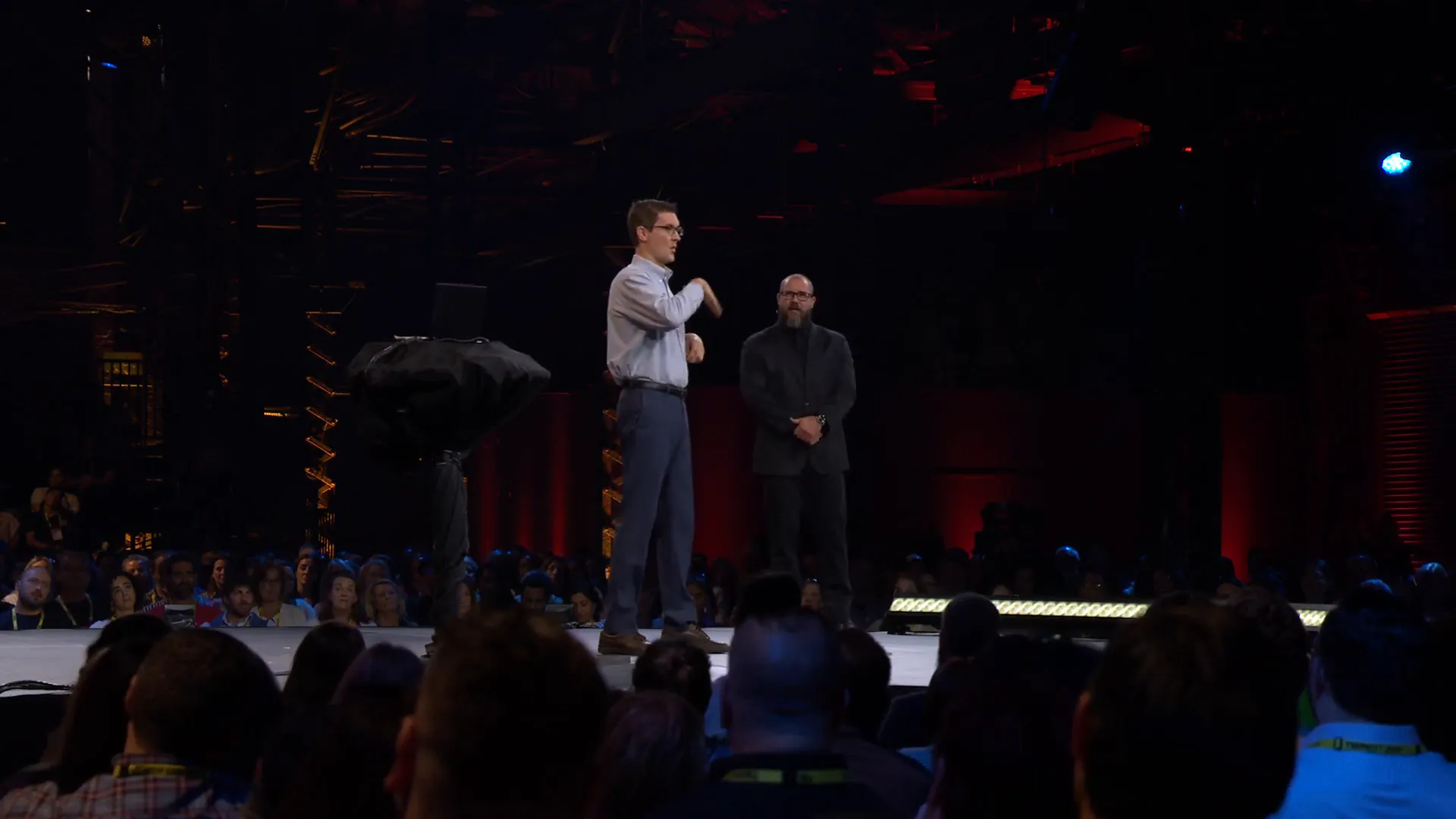
In his personal life, Adam interacts with hearing individuals in various settings, from schools to real estate. Despite his capabilities, he often resorts to text messages or written notes to communicate, which can be inefficient and frustrating.
In the professional realm, he has found success, largely due to the support of qualified interpreters. However, this reliance on interpreters underscores the reality that many Deaf individuals face in the workplace. The playing field is not level, and access to communication tools is pivotal for achieving success.
Balancing Personal and Professional Lives
Finding balance between personal and professional lives can be particularly challenging for Deaf individuals. It requires constant adaptation and the ability to switch between different modes of communication. This navigation can be mentally exhausting, leading to feelings of isolation and stress.
With the advent of technologies like OmniBridge, the hope is to streamline this process, making it easier for Deaf individuals to engage in both worlds without the constant struggle of communication barriers. The goal is to foster an environment where everyone can communicate effectively, regardless of their hearing ability.
Professional Success Despite Barriers
Adam's professional journey highlights the potential for success despite significant barriers. He has achieved the same qualifications and responsibilities as his hearing peers, proving that Deaf individuals can excel in competitive environments. However, this success is often contingent on access to interpreters and effective communication tools.
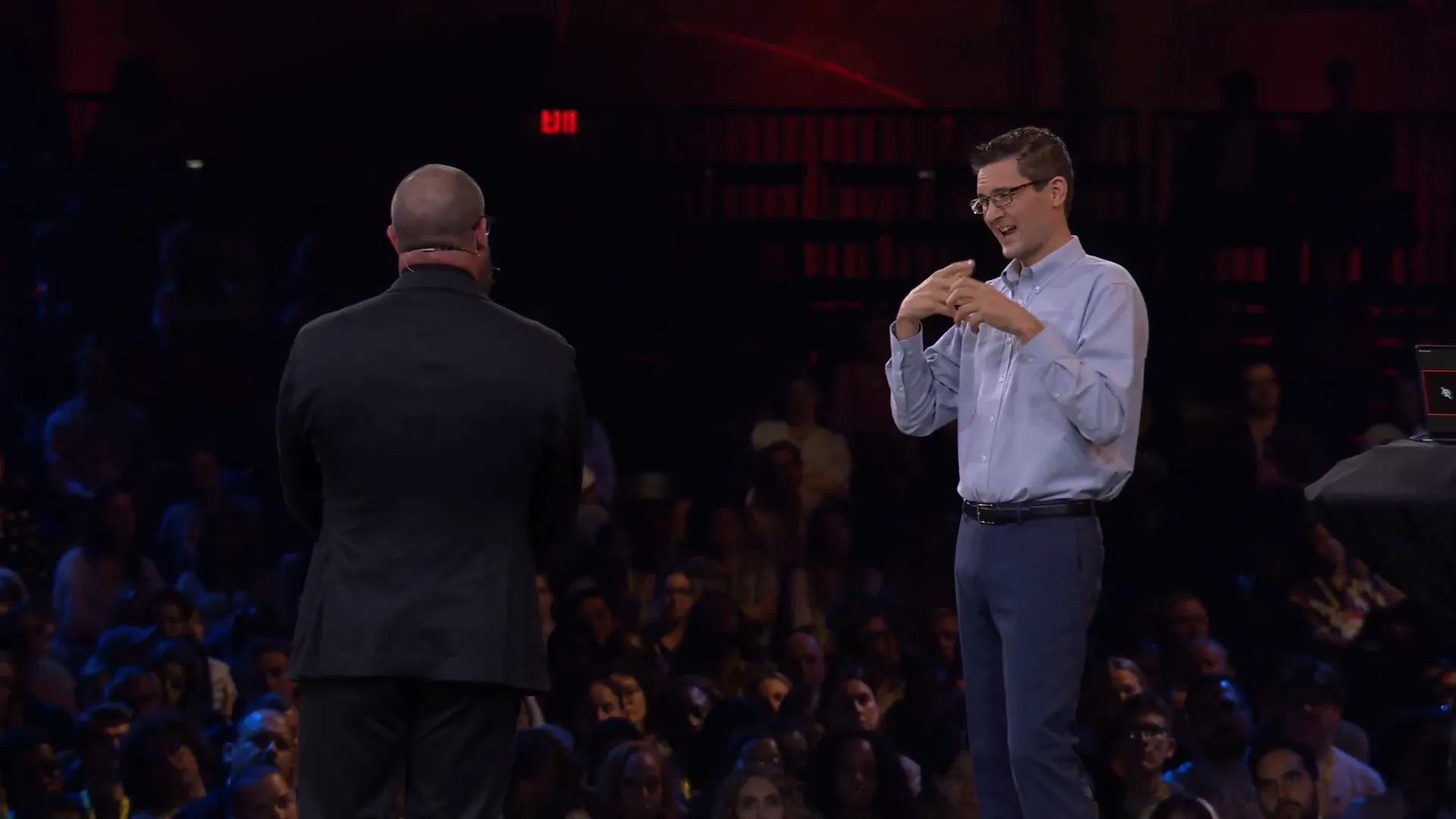
While Adam feels fortunate that his employer provides access to interpreters, this is not the norm for many in the Deaf community. The scarcity of interpreters, particularly in areas with high demand, poses a significant challenge. With only about 400 licensed interpreters available in a region with over 1.1 million individuals experiencing hearing loss, the need for innovative solutions is clear.
Moreover, the reliance on interpreters can create additional stress during professional interactions. Meetings, presentations, and collaborations all hinge on the availability and quality of interpretation. When these resources are limited, it can hinder professional growth and opportunities.
Creating a Level Playing Field
The introduction of AI-powered platforms like OmniBridge represents a significant step toward leveling the playing field. By leveraging technology to facilitate communication, Deaf individuals can participate fully in their professional lives without feeling dependent on others for interpretation.
This shift not only enhances individual experiences but also fosters a more inclusive workplace culture. As companies begin to recognize the value of diverse communication methods, they can create environments where all employees thrive, regardless of their hearing ability.
The Scarcity of Interpreters
The scarcity of interpreters is a pressing issue that significantly affects the Deaf community. With over 1.1 million individuals experiencing hearing loss in certain regions, the number of licensed interpreters available is alarmingly low—only about 400. This disparity creates a challenging environment for Deaf individuals seeking effective communication.
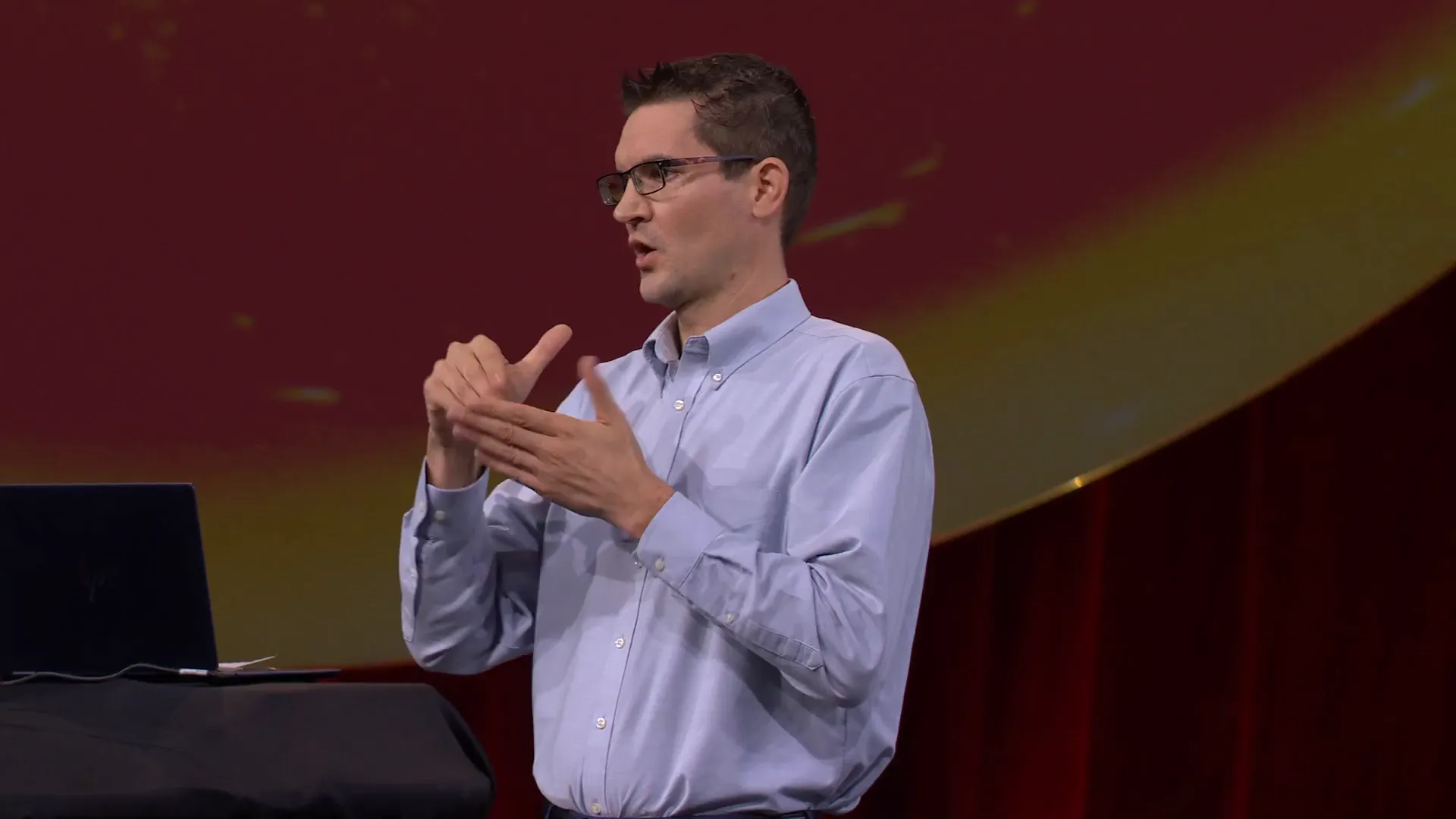
This lack of resources forces many Deaf individuals into a survival mode, relying on inadequate communication methods. The situation is exacerbated by the high costs associated with hiring professional interpreters, further limiting access to essential services.
Many organizations and institutions do not prioritize hiring interpreters, leading to exclusion in crucial areas like healthcare, education, and employment. The absence of accessible interpretation creates barriers that hinder the full participation of Deaf individuals in society.
Impact on Daily Life
Daily interactions can become cumbersome without interpreters. Simple tasks like ordering coffee or checking into a hotel can turn into frustrating experiences. The emotional toll of constantly facing communication barriers can lead to feelings of isolation and frustration.
- Inability to access essential services.
- Increased dependency on family and friends for communication.
- Heightened stress in social situations.
These challenges highlight the urgent need for innovative solutions that can bridge the communication gap, such as OmniBridge. By leveraging technology, we can create new pathways for communication that empower Deaf individuals.
Limited Communication Options
For many Deaf individuals, communication options are severely limited. Traditional methods such as writing notes or texting can be inefficient and lack the depth of expression found in American Sign Language (ASL). The nuances that define human interaction are often lost in translation.
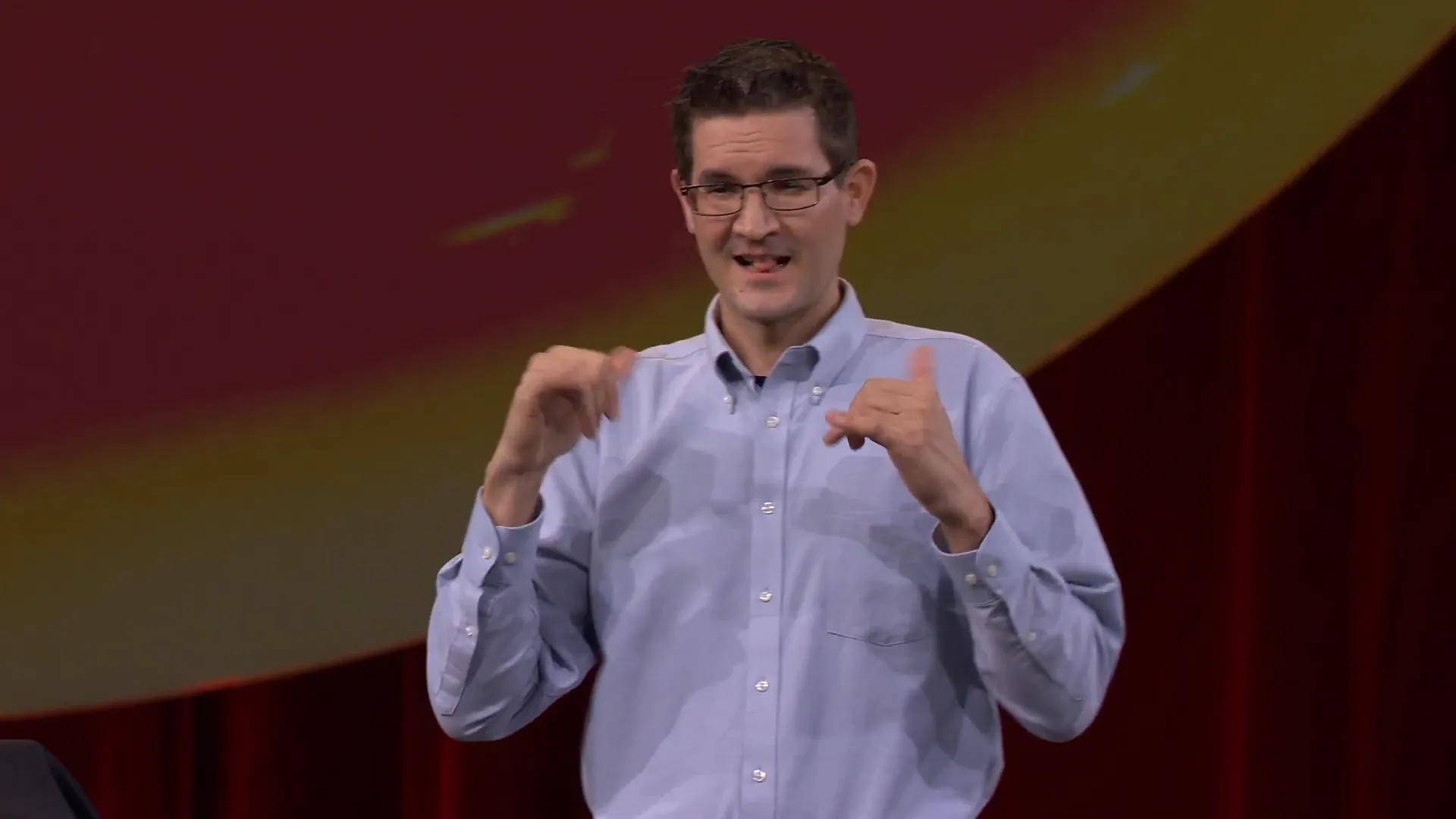
Moreover, relying on these methods can lead to misunderstandings and misinterpretations, which can be detrimental in high-stakes environments like healthcare or legal settings. The emotional and psychological impact of these barriers can be profound, affecting self-esteem and confidence.
Relying on Technology
As communication options dwindle, many Deaf individuals turn to technology for assistance. Smartphones and tablets have become essential tools for bridging the gap, but they still fall short of providing an authentic communication experience. Texting lacks the visual and expressive elements of ASL, often resulting in a flat exchange devoid of emotional context.
- Texting and writing can lead to miscommunication.
- Visual cues and body language are absent in written forms.
- Technology should complement, not replace, ASL.
To truly enhance communication, we need solutions that integrate the richness of ASL with modern technology, such as OmniBridge, which is designed to bring the human element back into conversations.
Introducing OmniBridge
OmniBridge is a revolutionary platform designed to transform communication between Deaf and hearing individuals. By utilizing advanced AI technology, OmniBridge analyzes thousands of signs in ASL and translates them into spoken English, and vice versa. This innovative approach aims to eliminate the communication barriers that have long plagued the Deaf community.
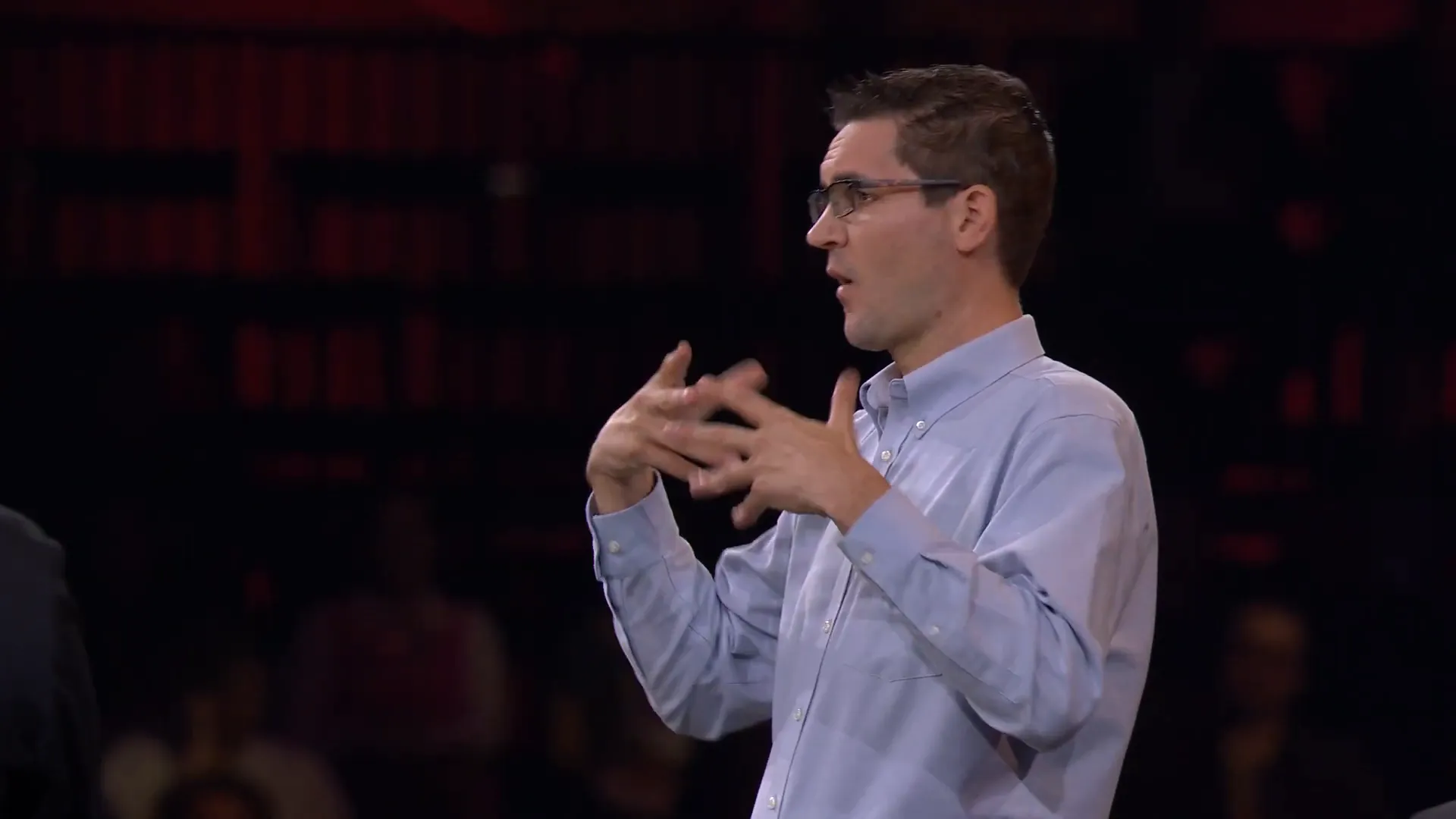
What sets OmniBridge apart is its ability to capture the nuances and subtleties of ASL. With the power of AI, it can recognize variations in body language and facial expressions that can change the meaning of a sign. This level of understanding is crucial for ensuring accurate communication.
Moreover, OmniBridge operates without relying on the internet, allowing for local processing that enhances accessibility. This feature is especially beneficial in environments where connectivity is limited, making it a versatile solution for various settings.
Benefits of OmniBridge
The benefits of OmniBridge extend beyond mere translation. By facilitating real-time communication, it fosters genuine connections between Deaf and hearing individuals. Here are some advantages of the platform:
- Immediate access to communication without the need for an interpreter.
- Enhanced understanding through the use of visual language.
- Increased confidence for Deaf individuals in social and professional settings.
By bridging the gap between two worlds, OmniBridge empowers Deaf individuals to engage more fully in their personal and professional lives.
Understanding the Complexity of ASL
American Sign Language is a rich and complex language with its own grammar, syntax, and cultural nuances. Unlike spoken languages, ASL relies heavily on visual cues, including facial expressions and body movements, to convey meaning. This complexity can make translation challenging, particularly for those unfamiliar with the language.
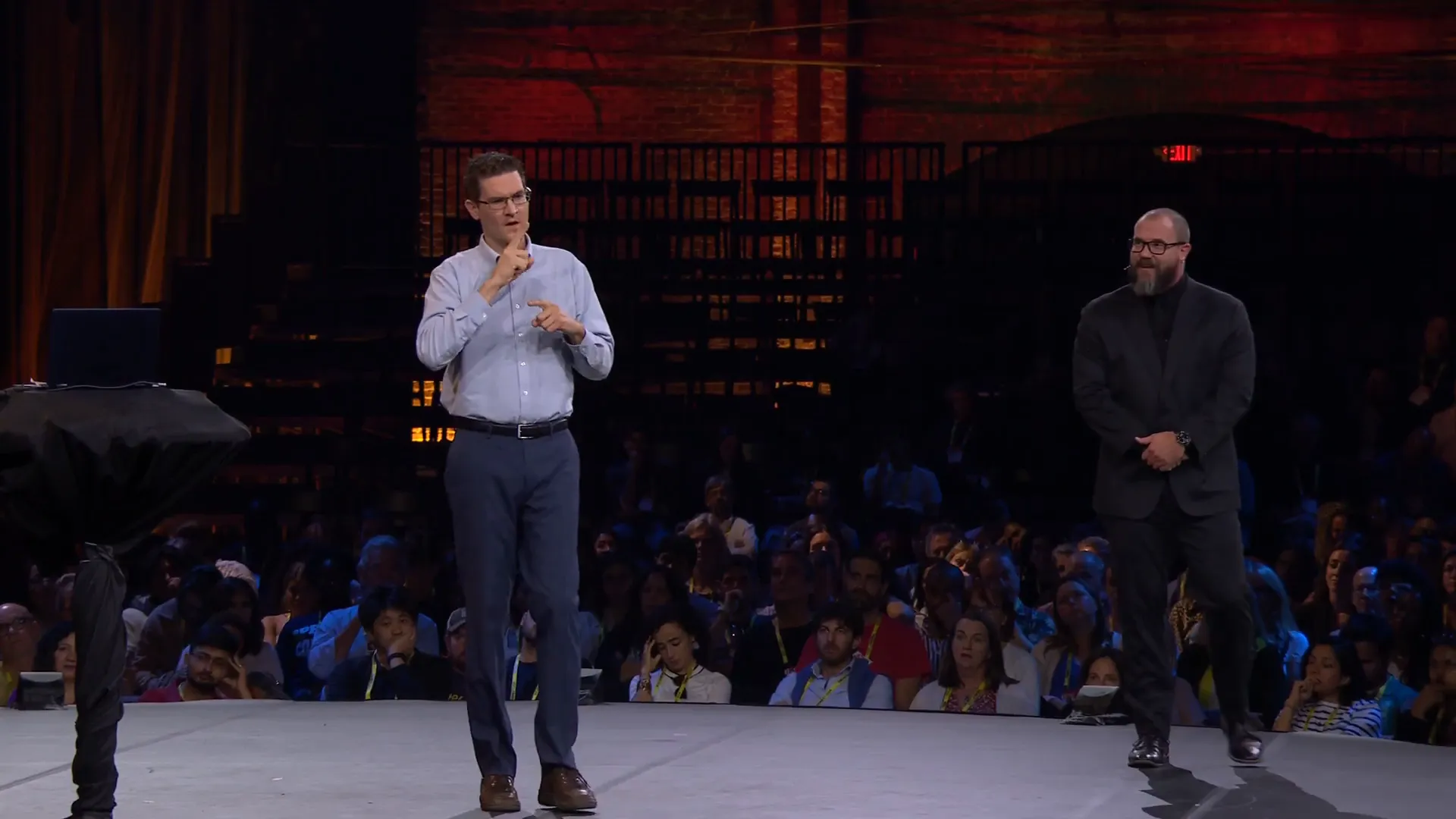
For example, a single sign can have multiple meanings depending on the context and the way it is executed. The sign for "big" may differ significantly from "enormous," not just in the size of the sign but also in the accompanying facial expressions and body language.
Understanding these nuances is essential for effective communication. OmniBridge addresses this challenge by employing sophisticated algorithms that take into account the various elements of ASL, ensuring that the essence of the message is preserved during translation.
The Importance of Cultural Context
ASL is not just a method of communication; it is a reflection of Deaf culture and identity. Cultural context plays a significant role in how signs are interpreted and understood. Incorporating this cultural understanding into translation tools is vital for fostering meaningful interactions.
- Recognizing the cultural significance of certain signs.
- Understanding the history and evolution of ASL.
- Promoting awareness of Deaf culture among hearing individuals.
By bridging the cultural gap, OmniBridge can help foster mutual understanding and respect between Deaf and hearing communities.
The Power of Local AI Processing
The advancement of local AI processing represents a significant leap forward in accessibility for Deaf individuals. By running models locally on devices, OmniBridge eliminates the need for constant internet connectivity, making communication more reliable and instantaneous.
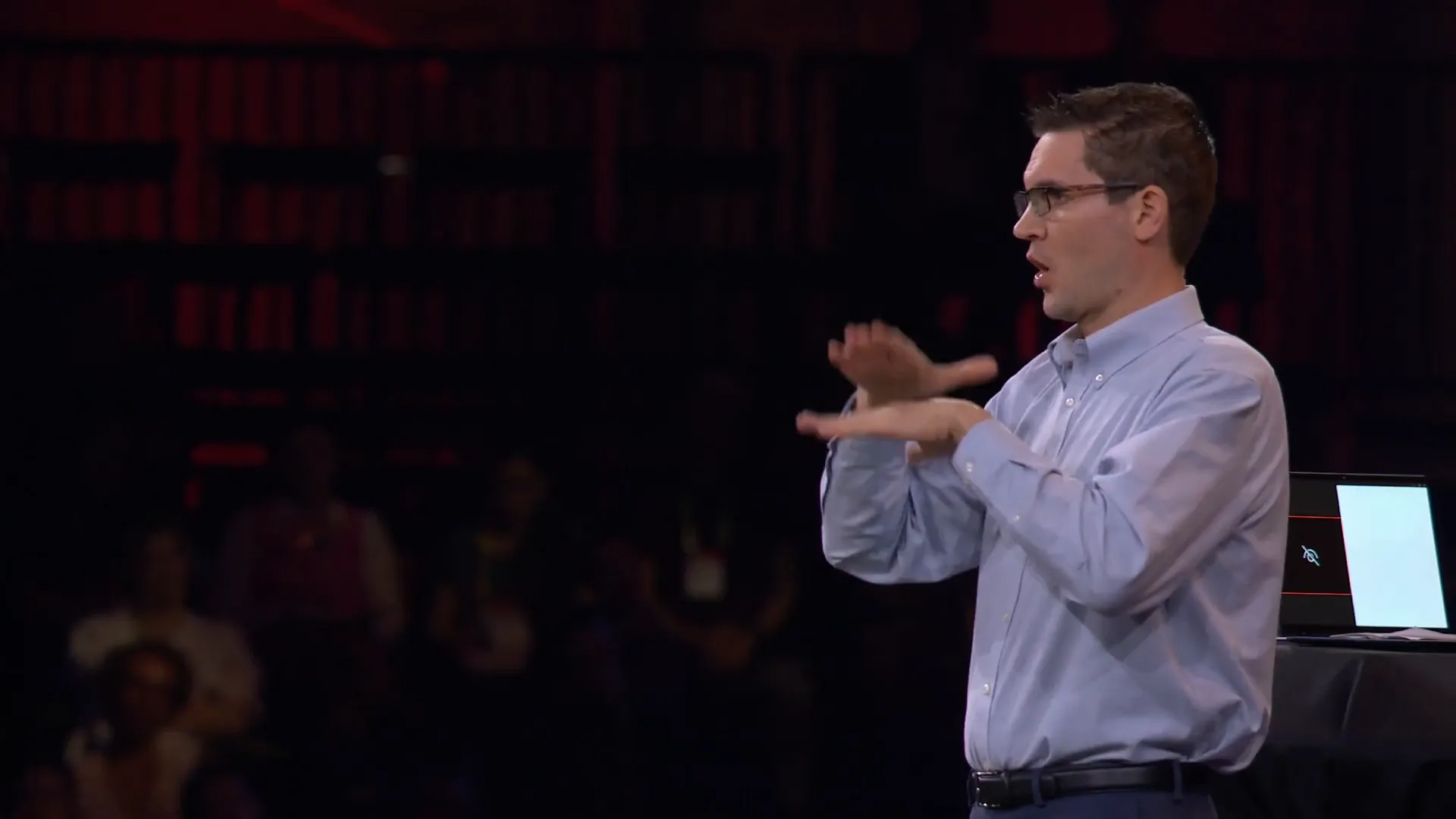
This local processing capability ensures that users can access the platform in any environment, whether at home, in public spaces, or during travel. The ability to communicate seamlessly without relying on external networks empowers Deaf individuals to engage in conversations without fear of disruption.
Furthermore, local AI processing enhances privacy and security, as sensitive conversations can occur without being transmitted over the internet. This aspect is particularly important in professional settings where confidentiality is paramount.
Future Implications of Local AI in Communication
The implications of local AI processing extend beyond the Deaf community. As technology continues to evolve, the potential for applications in various fields—such as education, healthcare, and business—becomes increasingly apparent. Here are some potential benefits:
- Improved accessibility in educational settings for Deaf students.
- Enhanced communication in healthcare environments, ensuring accurate patient-provider interactions.
- Streamlined collaboration in professional settings, leading to increased productivity.
By harnessing the power of local AI processing, we can create a more inclusive society where communication barriers are minimized, allowing everyone to participate fully in various aspects of life.
Live Demonstration of OmniBridge
One of the most impactful moments during the presentation was the live demonstration of OmniBridge. Adam showcased how the platform works in a real-world scenario, illustrating a conversation between himself and a receptionist using the technology. This demonstration was not just a display of functionality; it was a glimpse into how OmniBridge can transform everyday interactions for Deaf individuals.
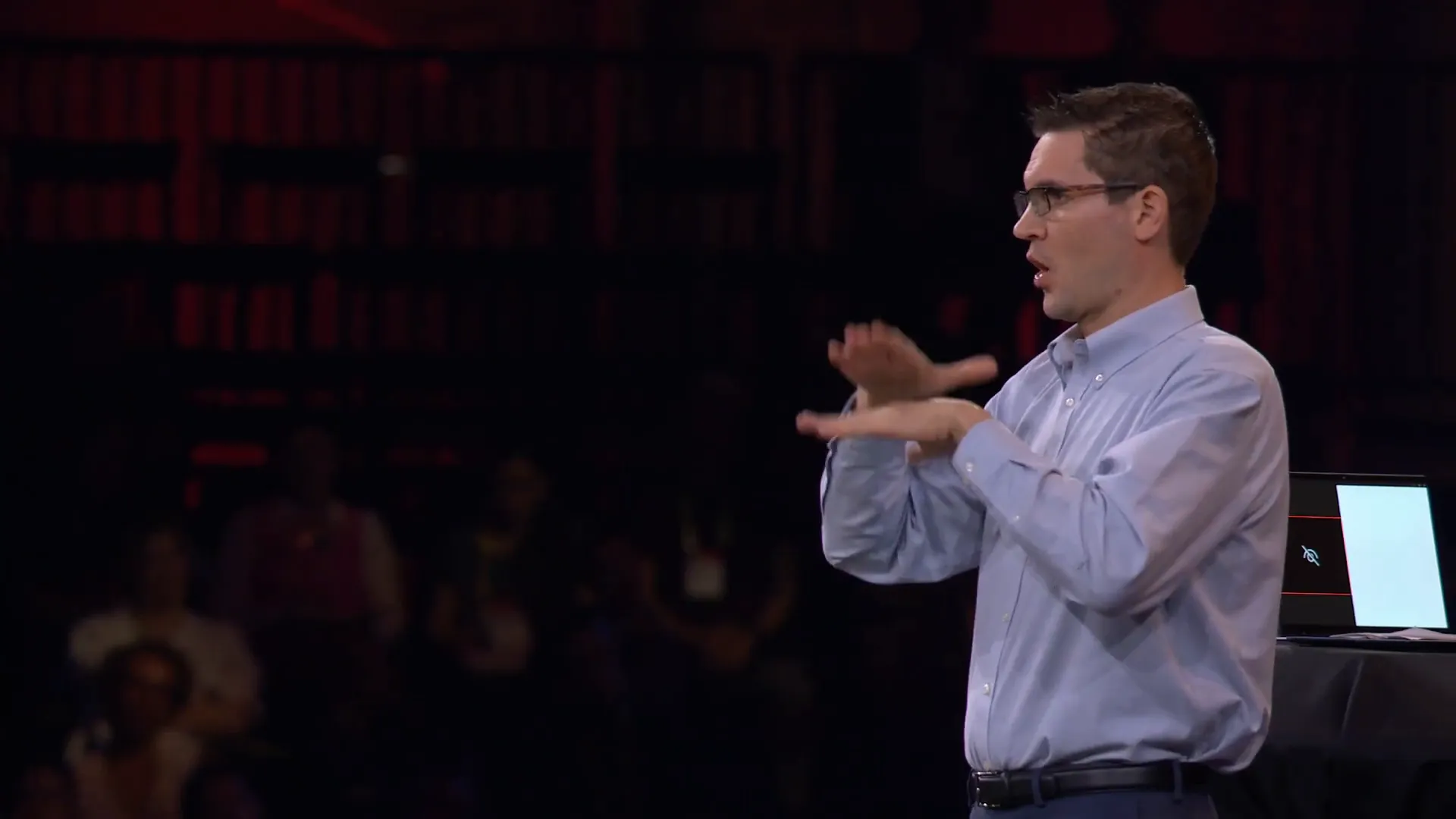
The demonstration began with a simple greeting, where Adam was able to communicate seamlessly through sign language, while the system translated his signs into text for the receptionist. This interaction highlighted the effectiveness of OmniBridge in bridging communication gaps. The ability to have a real-time conversation without the need for an interpreter is revolutionary.
As Adam engaged with the receptionist, it was evident that the technology provided clarity and reduced confusion. The conversation flowed naturally, showcasing how OmniBridge could enhance daily tasks, such as booking appointments or ordering services. This not only empowers Deaf individuals but also fosters a more inclusive environment for everyone involved.
Enhancing Human Connection
At its core, OmniBridge is about enhancing human connection. The platform is designed to facilitate authentic interactions between Deaf and hearing individuals, allowing them to communicate effectively without the traditional barriers. By bringing the nuances of American Sign Language (ASL) into conversations, OmniBridge enriches the dialogue.

For many Deaf individuals, the absence of an interpreter can lead to feelings of isolation. OmniBridge addresses this by ensuring that no one has to navigate conversations alone. The technology allows Deaf users to express themselves fully, capturing the essence and emotions behind their words.
This enhanced interaction is crucial in various settings, from casual encounters to professional meetings. By enabling clear communication, OmniBridge paves the way for deeper connections, fostering understanding and empathy between different communities.
A Vision for the Future
The future of communication is bright with innovations like OmniBridge at the forefront. Adam envisions a world where technology is not a barrier but a bridge, connecting Deaf and hearing individuals in meaningful ways. This vision extends beyond just functionality; it aims to create a culture of inclusivity and understanding.
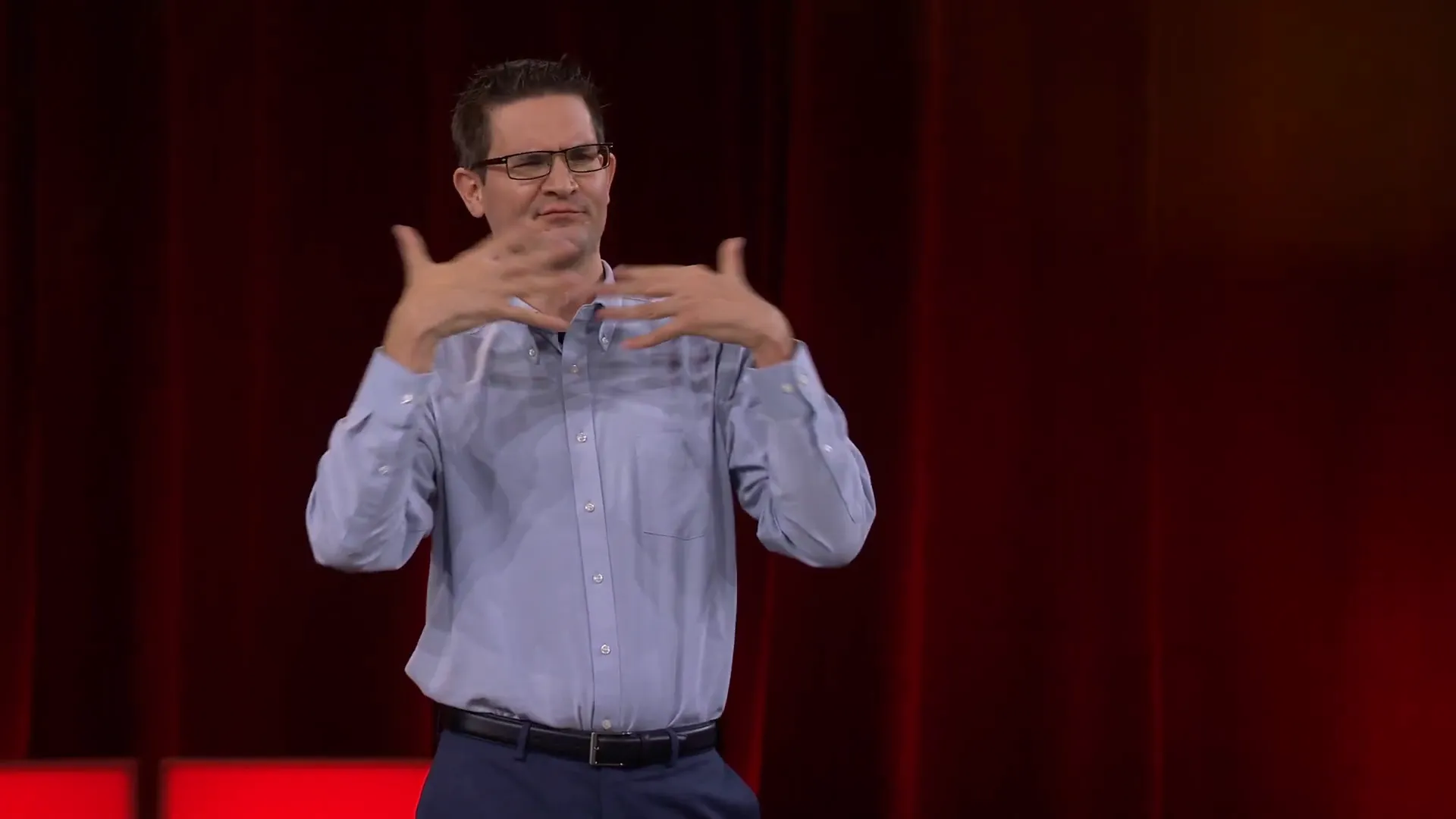
As OmniBridge continues to evolve, the potential applications are vast. From educational settings where Deaf students can engage with their hearing peers to professional environments where collaboration is key, the possibilities are endless. The focus on accessibility will ensure that everyone has the opportunity to participate fully in society.
Moreover, as awareness of Deaf culture and the importance of ASL grows, tools like OmniBridge can play a pivotal role in education and training. By incorporating these technologies in schools and workplaces, we can foster a more inclusive atmosphere that values diversity in communication.
The Importance of Inclusivity
Inclusivity is at the heart of OmniBridge's mission. The platform is designed not only to facilitate communication but also to promote understanding and respect between Deaf and hearing communities. By bridging the gap, OmniBridge empowers individuals to engage with one another authentically.
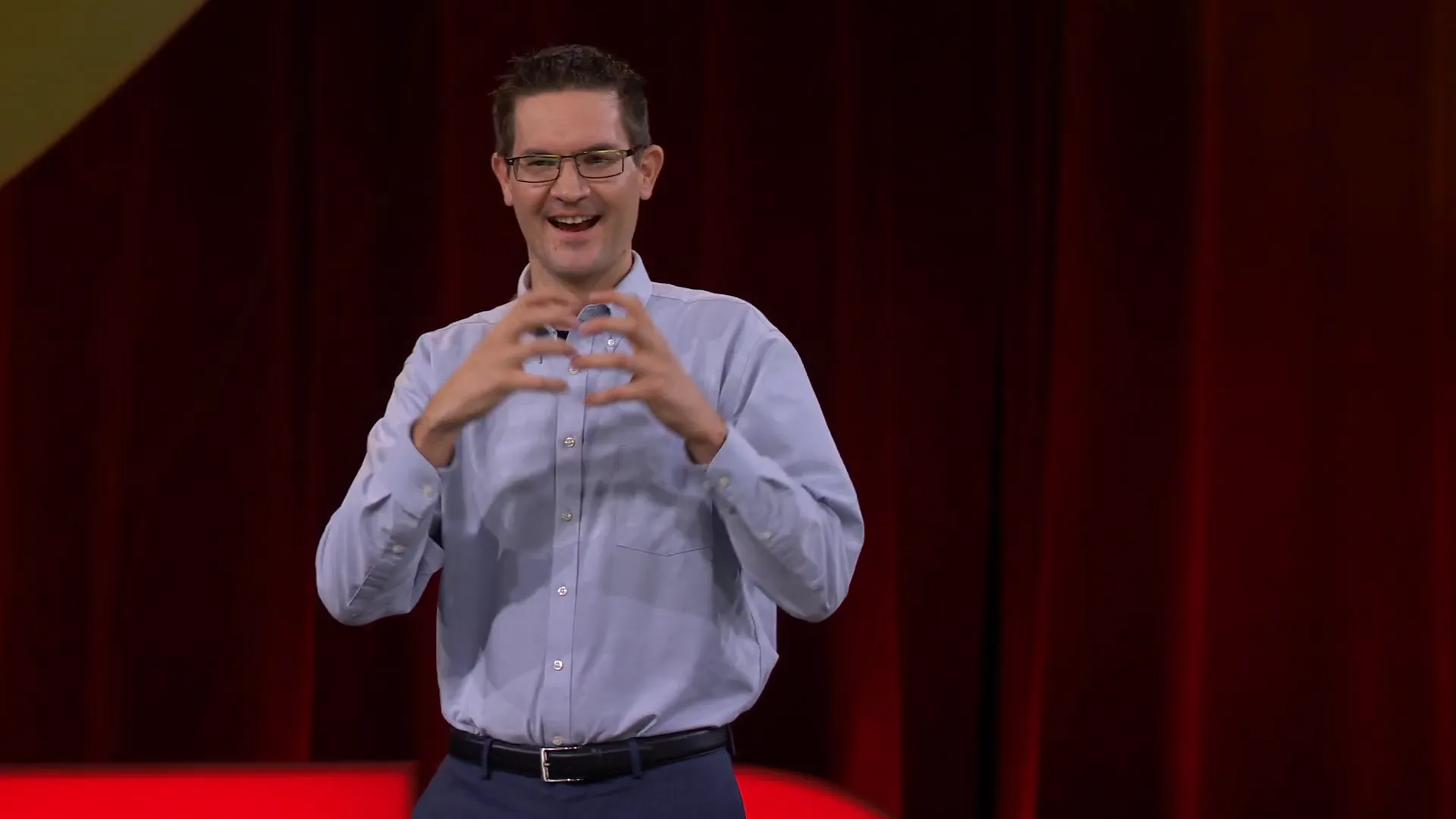
The significance of inclusivity extends beyond individual interactions. It creates a ripple effect, influencing policies and practices in organizations and institutions. When communication barriers are removed, it leads to increased participation from Deaf individuals in various aspects of life, including education, employment, and community engagement.
Ultimately, the goal is to create a society where everyone, regardless of their hearing ability, can thrive. OmniBridge is a step in that direction, providing the tools necessary to foster inclusivity and understanding. It is not just about technology; it is about creating a world where everyone is heard and valued.
FAQs about OmniBridge and AI in Communication
What is OmniBridge?
OmniBridge is an AI-powered platform designed to facilitate seamless communication between Deaf and hearing individuals. It translates American Sign Language (ASL) into spoken English and vice versa, enhancing interactions without the need for an interpreter.
How does OmniBridge work?
OmniBridge utilizes advanced AI algorithms to analyze ASL signs and convert them into text or speech. The platform can operate locally, ensuring accessibility even without internet connectivity, which is crucial for real-time communication.
What are the benefits of using OmniBridge?
- Immediate access to communication without the need for an interpreter.
- Enhanced understanding through the use of visual language.
- Increased confidence for Deaf individuals in social and professional settings.
How can OmniBridge promote inclusivity?
By breaking down communication barriers, OmniBridge fosters understanding and empathy between Deaf and hearing individuals. It encourages diverse communication methods, leading to a more inclusive environment where everyone can participate fully.
What is the future of AI in communication?
The future of AI in communication lies in its ability to create accessible and inclusive environments. As technologies like OmniBridge continue to develop, they will play a crucial role in enhancing interactions across different communities, promoting a culture of understanding and respect.
Made with VideoToBlog